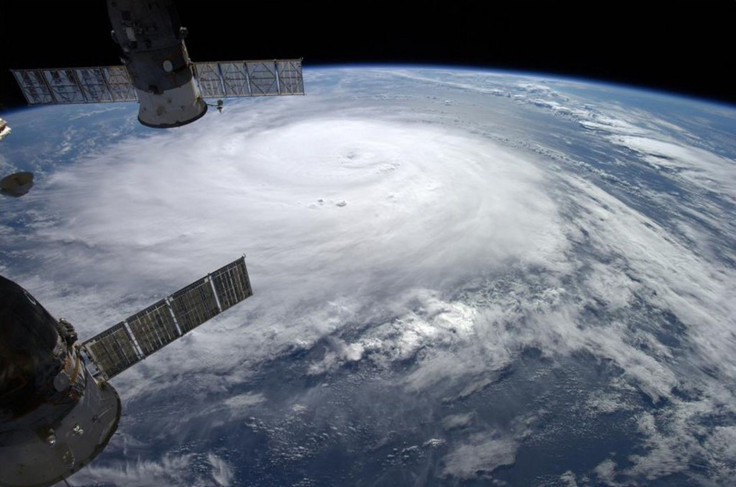Atlantic Hurricane Season Predictions 2015: What’s In Store For Gulf Coast And The Caribbean?

The Caribbean and U.S. Gulf Coast are in for a wet but relatively mild Atlantic hurricane season, the latest federal forecast for 2015 predicts. Cooler Caribbean waters and a strong El Niño mean there probably will be fewer than average hurricanes forming over the Atlantic Ocean this year. But a less active season doesn’t mean the threat of a destructive storm making landfall has evaporated, officials warned.
“No matter how many pitches Mother Nature throws at us, if just one of those pitches gets through the strike zone, we could be in a lot of trouble,” said National Oceanic and Atmospheric Administration chief Kathryn Sullivan Wednesday during a telephone conference with reporters. Sullivan and Joe Nimmich, deputy administrator of the Federal Emergency Management Agency, met with New Orleans Mayor Mitch Landrieu Wednesday at the New Orleans Emergency Operations Center to talk about the season ahead.
Forecasters expect between six and 11 tropical storms – storms with sustained winds of at least 39 miles per hour – to form off the U.S. Gulf Coast. Sullivan said three to six of those could become hurricanes with sustained winds of at least 111 mph. At least two of those hurricanes could strengthen to a Category 3 or higher, according to Sullivan.
Forecasters gauged sea surface temperatures, sea level pressure and the likelihood of a significant El Niño over the Pacific Ocean, which tends to suppress hurricane activity in the Atlantic, to make their predictions.
“We hope for the best and prepare for the worst,” said Landrieu. He added that New Orleans was “much better off today than we were 10 years ago,” when Hurricane Katrina brought disastrous flooding and ferocious winds to Louisiana and Mississippi.
The 2015 Atlantic hurricane season officially runs from June 1 through Nov. 30, but things kicked off sooner than expected with Subtropical Storm Ana, which slammed parts of the Carolinas earlier this month. The storm packed wind gusts of more than 40 mph and brought coastal flooding around the South Carolina-North Carolina border.
Officials previously said they expected this year’s hurricane season to be relatively quiet, much like the 2014 season. The total number of tropical storms seen last year was nine, the fewest named storms in the Atlantic basin since 1997. At the same time, the region saw two major hurricanes, one of which was the strongest hurricane to hit the mainland in six years, according to Weather.com. On average, the Caribbean and the Gulf of Mexico witness 12 named tropical storms and six hurricanes a year, including two major hurricanes, between June and November.
The Pacific side won't be so quiet, meteorologists said. Predictions for the 2015 Central Pacific hurricane season were released Tuesday, and cyclone activity is expected to be about 70 percent higher than normal, according to the Central Pacific Hurricane Center. There will likely be between five and eight cyclones in the Pacific basin this year.
Few Atlantic hurricane seasons have compared to the season of 2005, which broke long-standing records and saw one of the most destructive hurricanes in U.S. history. With 28 named storms and 15 hurricanes, including Katrina, the 2005 Atlantic hurricane season was the most active in recorded history and the deadliest since 1928.
© Copyright IBTimes 2025. All rights reserved.






















